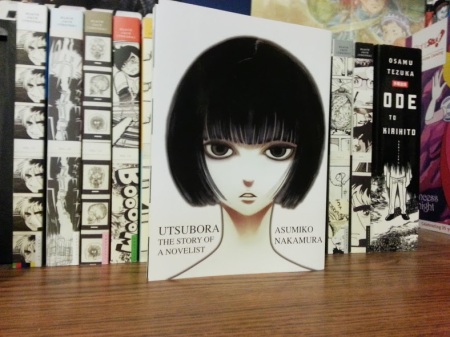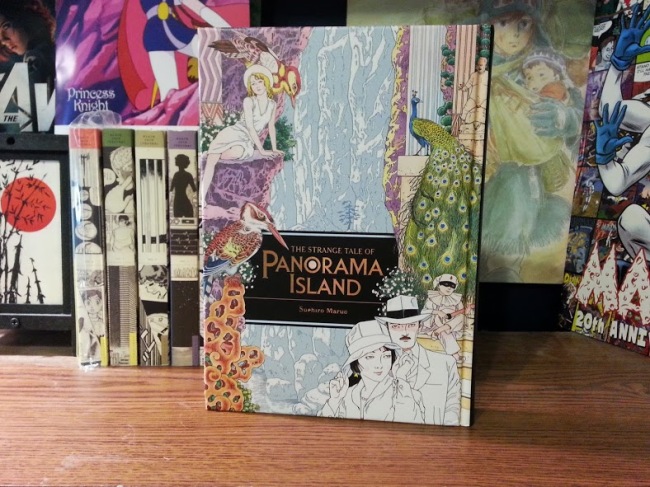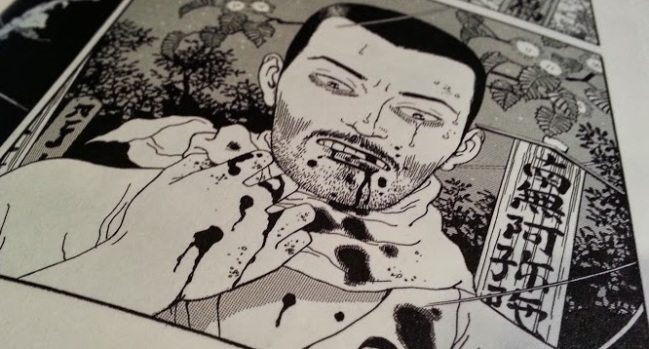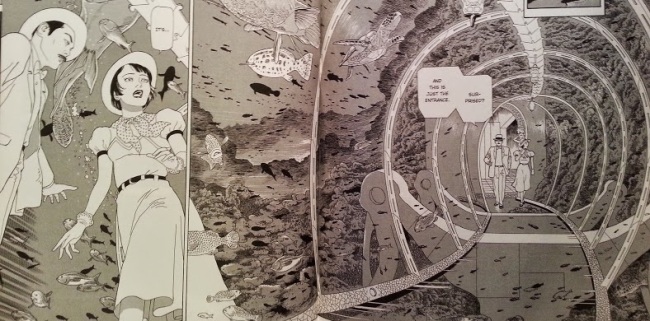Mara is a science fiction limited series written by Brian Wood, who’s known for his work on comics like The Massive, DMZ, and his current ongoing run on Marvel’s adjective-less “X-Men.” The art is done by Ming Doyle, free-lance illustrator and comic book artist known for her work in things like Johnathan Hickman’s excellent Fantastic Four run.
Mara is very much a coming of age, or “coming-of-rage” as the first page would tell you, story about a girl who lives in a totalitarian society where volleyball is the sport of choice to distract the citizens of the world from the war that plagues Earth. Mara happens to be one of these volleyball players, making her an international celebrity. At the age of seventeen, she spends her days managing corporate sponsorships, playing volleyball, and being a beacon of hope and inspiration to the people of earth. That is, until one day she manifests superpowers during one of her live, broadcasted matches.
This is the first book I’ve read written by Brian Wood. He apparently handles his characterizations of women quite well, making me really curious to read his ongoing run on X-Men soon, an all-women X-Men team book. The art by Ming Doyle is beautifully drawn, she really excels in character designs. The illustrations are definitely the strong points in this book. At 162 pages, 6 issues, this is a relatively short read. This book could have benefited from being at least a little bit longer to fill in some gaps, it could have even had potential to be an interesting full series. Mara is definitely an interesting take on the Superman archetype with a female perspective.
Would I recommend Mara? Sure. It’s an entertaining read. Mara might not be something I’d come back to read multiple times, but its definitely worth reading at least once.
**Thanks to Kevin for letting me borrow this.






